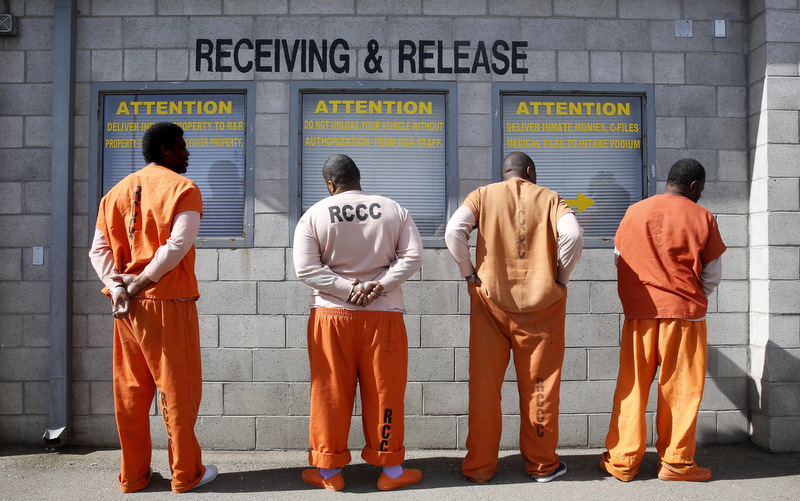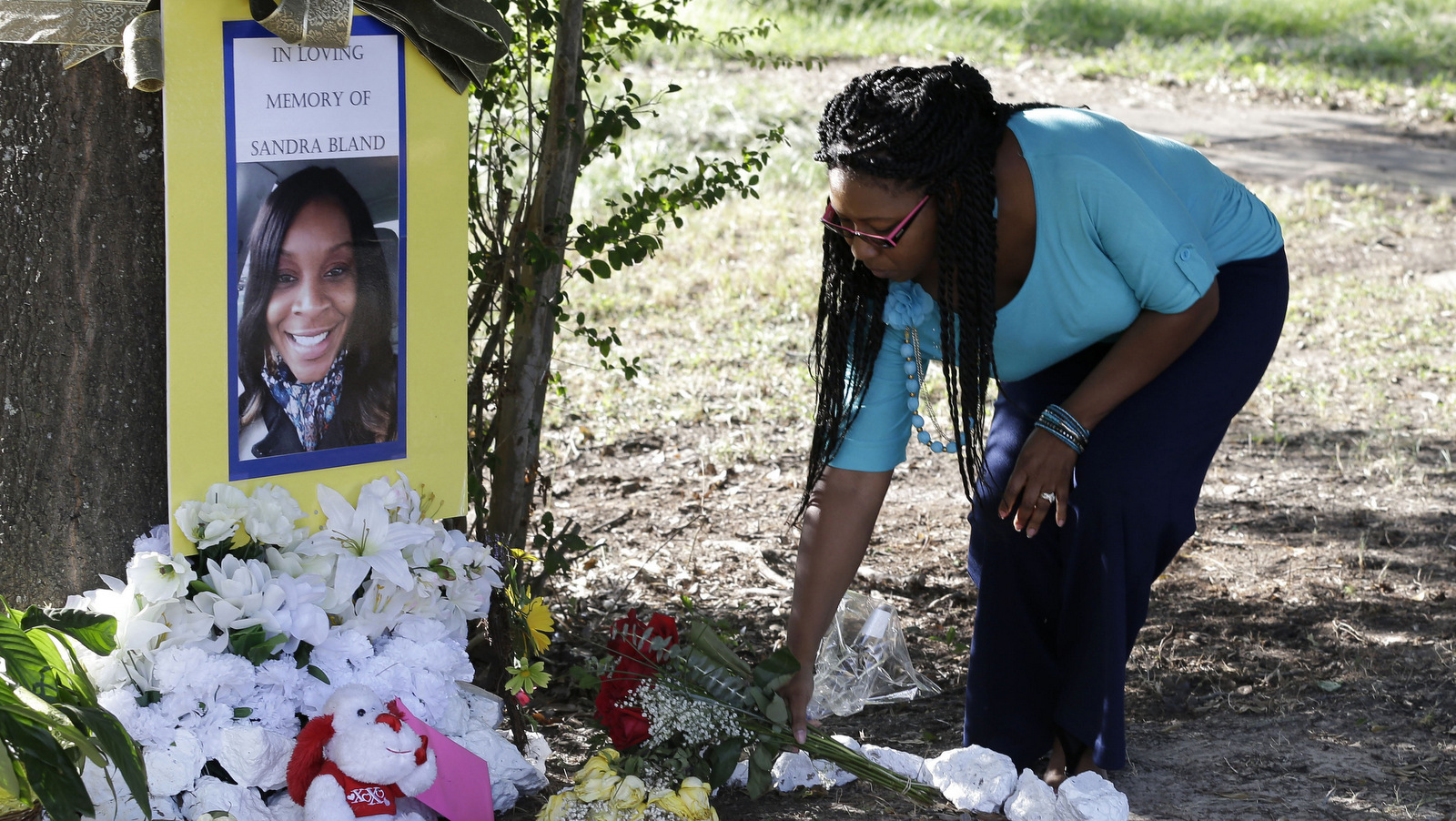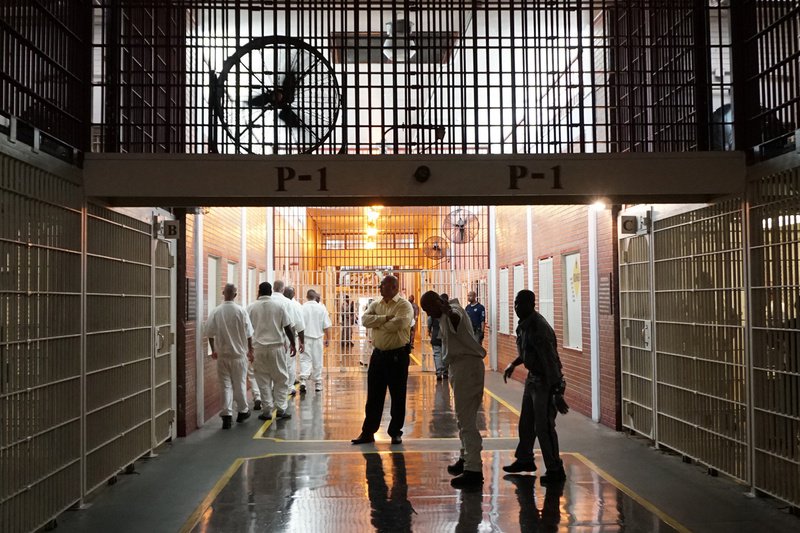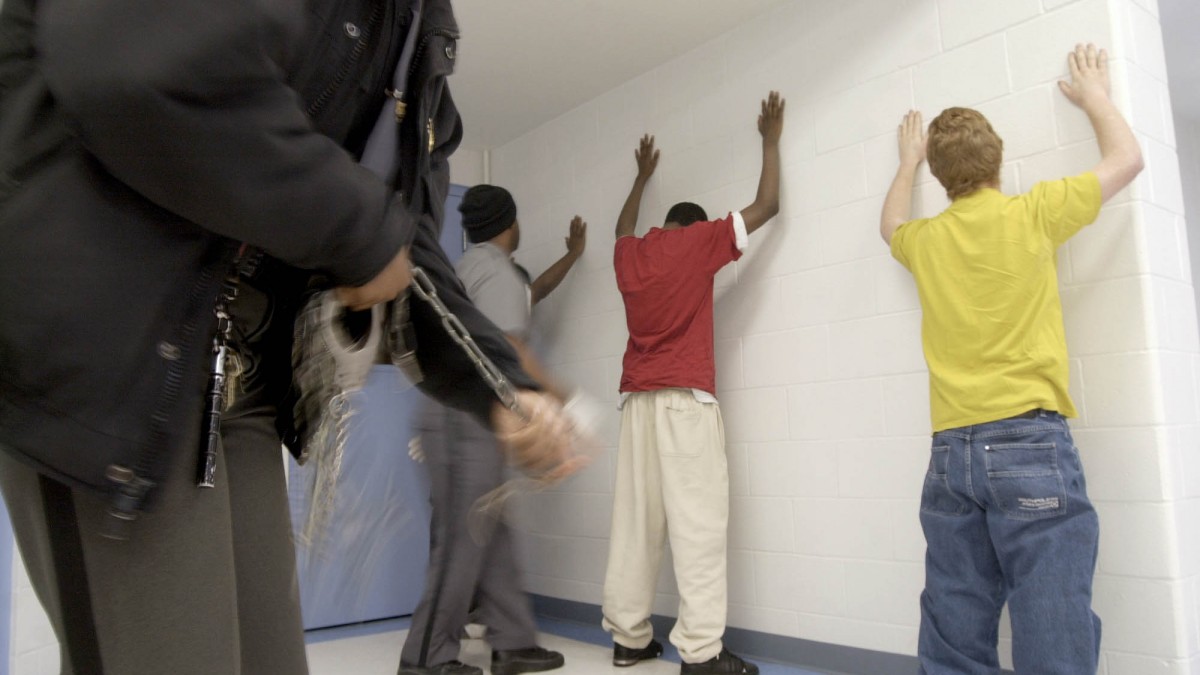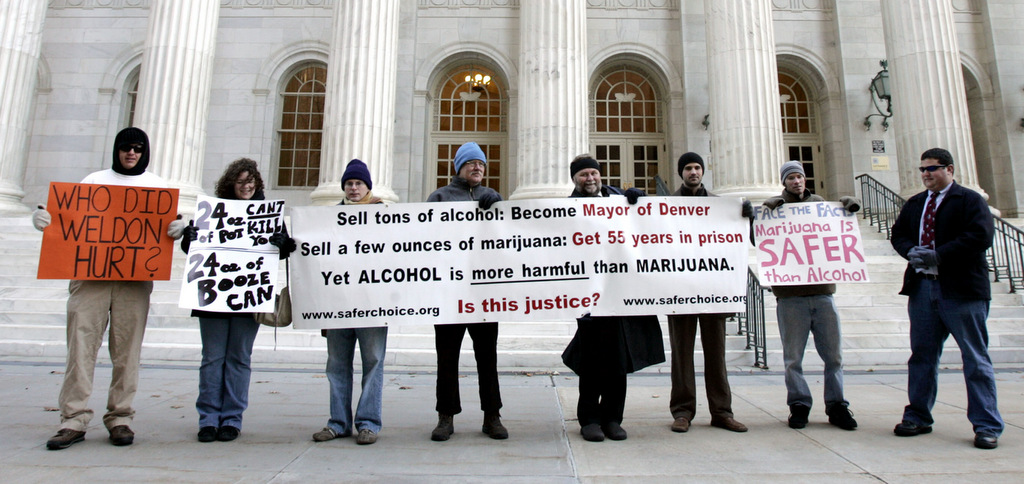As white nationalists in Charlottesville and Boston provoked large, and at times, violent demonstrations, what may have been the largest gathering of abolitionists in the nation’s history took place in Washington, D.C.
The Millions For Prisoners Human Rights March was the first march on Washington in opposition to prison slavery since the adoption of the 13th Amendment. The amendment, which came at the end of the Civil War, did not abolish slavery in the United States but instead restricted it, allowing the practice to continue so long as it was “punishment for crime whereof the party shall have been duly convicted.”
Known as the exception clause, it is viewed by many in the movement as the bridge between chattel slavery and a system of bondage based on criminalization.
Those assembled came with specific demands. The first was the removal of the exception clause from the 13th amendment. The second demand was for a congressional hearing reviewing the exception clause as a violation of international law.
The march was two years in the making . Jailhouse Lawyers Speak, a collective of imprisoned human rights advocates, was the first to issue a call for a march. Solidarity demonstrations took place in several states.
Organizers of last year’s September 9 national prison labor strike, including the Free Alabama Movement and Industrial Workers of the World’s Incarcerated Worker’s Organizing Committee, lent their support. Grassroots organizers at IAMWE Prison Advocacy Network, helmed by director Krystal Rountree, brought the rally to reality.
The gathering was made up by a diverse coalition of prison reform and abolition groups representing various communities affected by incarceration.
In Washington, D.C., hundreds of people marched from Freedom Plaza to Lafayette Square, where a small stage was set on a lawn across the street from the White House—a symbol of American power and governance literally built by slaves.
Despite receiving little to no media coverage, the event was as compelling as it was historic. It was a show of increasing strength and solidarity for challenging legalized slavery in the United States. It also reckoned with accomplishments, setbacks, and the passage of time, as speakers took the stage to reflect on the history of slavery, the Constitution, and the prison industrial complex.
The march was planned long before last year’s national prison strike. Many incarcerated organizers identified it as the next step once strike actions wound down.
August was chosen for its significance to the movement. The 19th sits in the middle of Black August, a month of education around Black Liberation movements. It is also the month that George and Jonathan Jackson, two brothers and seminal figures within Black Liberation and prison abolition circles, were killed by state forces.
As the date drew near, multiple states, like Florida and South Carolina, took preemptive measures against those who would show solidarity with the march from the inside. In Florida, officials placed every state prison—over 97,000 people—on lockdown, restricting movement, communication, and access to programs ahead of the weekend.
For Righteousness And Justice, Period
“I was 15 years old when they turned me into a slave,” recalled Yusef Salaam, a member of the Central Park Five. “I want that to sink in for a second.”
“Donald Trump, who sits in that White House right over there, took out a full page ad in New York City’s newspapers calling for the reinstatement of the death penalty specifically for the Central Park Five.”
Like many of the day’s speakers, Salaam’s presence reminded the marchers of important moments in the movement’s history—moments that still have relevance to the ongoing struggle today. Salaam was joined by former Black Panthers, members of the Black Liberation Army (BLA), a member of MOVE, former political prisoners, and other abolitionists and reformers.
Ramona Africa, the sole adult survivor of the bombing of the MOVE house by Philadelphia police in 1985, has seen nearly four decades of repression against her family members, the political prisoners known as the MOVE 9.
“Those running this system have trampled over people, ever since this system. So I take any opportunity I can to speak out, not only for my brothers and sisters who’ve been imprisoned 39 years for a crime they didn’t commit, but for righteousness and justice, period,” Africa said in an interview with independent journalist Chuck Modiano.
He highlighted segregation laws and the Dred Scott decision, which deemed that Black people had “no rights which the white man was bound to respect.” He referenced how the constitution deemed Black people “three fifths of a man and no count for a woman.”Jihad Abdulmumit, Chairperson of the National Jericho Movement and a former BLA member and political prisoner, focused on the absurdity that being “duly convicted” could subject someone to slavery within a government where there have been so many unjust and immoral legal practices.
“Can’t drink from this water fountain laws, can’t pee in this toilet laws, reckless eyeballing of white woman laws, can’t travel after dark laws,” Abdulmumit said. “Or maybe it’s talking about the FBI’s counterintelligence program (COINTELPRO), maybe it’s talking about the set-ups and the frame-ups and the domestic Black Ops.”
But the rally’s younger participants had some of the strongest messages, focused on systemic and intersectional critiques and connected to the abolition of prisons and slavery in our time.
Hana X Abdur Rahim from People’s Justice Project was one of the boldest young voices for Black liberation and abolition.
“I am here to build Black Power, because without Black Power we do not have power,” she said. “I am here to build true liberation, not reform, because fuck reform!”
“The true path to freedom, justice, and liberation is in abolishing the 13th Amendment [exception] clause.” To achieve abolition, Abdur Rahim said people must “speak on the abolishment of the biggest terroristic gang in America, the modern day slave catchers, which is your local police department, backed by the Fraternal Order of Police.”
“America is a slave nation,” she said. “We need to say it. We need to believe it. We need to be literal in our speech. It is not mass incarceration. It is slavery.”
Whose Lives Matter?
April Goggans of Black Lives Matter D.C. began her remarks by connecting Black Lives Matter as an organization that fights for justice for victims of police violence to the struggle against the prison industrial complex and immigrant detention.
“We should be just as outraged at every soul that sits in a jail cell, or in a tent in the desert at a jail, to immigrants in detention centers. If we haven’t made that connection between police and ICE [Immigration and Customs Enforcement], we are missing out. ICE is the police.”
In a conversation with Chuck Modiano, she discussed “alternatives to calling the police, because the end result is incarceration.”
She highlighted life in southeast D.C., in one of the only remaining majority-Black wards of the nation’s capitol, where the Black population has decreased by over 220,000 people since 1970 due to gentrification.
“When we see our young folks on the corner, we’ve got a whole neighborhood full of folks who just love to call the police on them. Because that’ll teach them a lesson, right?” Goggans said.
“We use the police to police each other, to police ourselves into jails where there are more police.”
Goggans addressed popular misconceptions that contribute to the prison industrial-complex.
“It’s a lazy assumption to continually say that Black Lives Matter does not care about Black on Black crime. Black on Black crime doesn’t damn exist. We live in communities where if everybody in your community is Black, chances are both sides of whatever transpires are going to be Black.”
“To label it as such is for what, optics?” she said.
Goggans described the tactics of the “Gun Recovery Unit,” which polices D.C.’s predominantly Black seventh district, where she resides. Officers in the unit wear a t-shirt with the sun cross, a white supremacist symbol, placed over the “O” in the word “Powershift.”
At this point in her speech, someone in the crowd shouted, “Fuck the Police!” to which Goggans responded, “Absolutely, fuck the police! I’m all about that, because the other thing that’s killing us is our respectability.”
“Stop telling these young men and women to pull up their pants,” she said. “Why? Who did that stop from getting shot? I’m still looking.”
Goggans shared her hopes for her own 19 year old daughter’s safety, but then recalled the story of Miriam Carey, an office manager at a dental practice who was killed by police in front of her 13 month old daughter for making a U-Turn at a checkpoint near the White House. The incident occurred a few hundred yards from where Goggans addressed the crowd.
“There is no perfect victim,” she said. “There is no perfect prisoner that we fight for. It’s the institution that is sick.”
The Metropolitan police in D.C. have killed almost one person for every month in the year, she said, noting that most people even within D.C. don’t know their names.
“Because we still are talking about respectability. Whose lives matter? Nobody wants to talk about prisoners, because what’s the first thing that they say? ‘Well, they must’ve done something to get in there.’”
Most conversations about prisoners lead into this myth of rehabilitation, she said, in which “bad” people go to prisons, so that they can come out “good.”
“If you have bought into that bullshit, then we’re just lost,” Goggans said. “If you believe in prison abolition, if you believe in prisoner’s rights, then there is absolutely no reason that someone comes back to our community and has no support.”
Goggans highlighted the level of organization and community involvement that enable actions, like the Montgomery Bus Boycotts. She challenged the crowd not to be complacent with online resistance and spectacles, which don’t lead to meaningful action. People must build the structures and resources necessary for resistance within their own communities, she said.
“How do you stop mass incarceration from the beginning? Community defense. And that means so many things. Do you have doctors in your community? Because you can’t take everybody to the hospital and feel like they’re going to come home and not to jail, depending on how they decided that person got there.”
“What is the world without prisons, the world without police? Who has the power? Who makes the decisions? Those are the decisions that we have to make within ourselves within our communities.”
“This is not a feel good day to pat ourselves on the back. This is a day of action,” she said. “Everything you do should have an action. We’re done talking. We’re done marching for the sake of marching.”
A few minutes later, observers got a chance to show that abolition is not just a theory but a practice that has many forms. As James Mackey from Stuck On Replay shared his experiences and spoke about the impact incarceration has had on his family, a man ran up to the stage and started shouting at him.
The man, who said he was a military veteran, was clearly upset and claimed Mackey didn’t know what he was talking about, yelling that Mackey wasn’t doing anything to help. As police began to station themselves closer to the crowd, some of the rally’s participants formed a wall with their backs to the police to shield their vision. Others began to put their bodies between the disgruntled man and Mackey. They walked him away from the stage and spoke with him for a while, de-escalating the situation enough to allow the event to resume.
Assessing Change From A Solitary Cell
The Angola 3’s resistance to prison slavery is legendary and draws upon some of the most direct and literal connections between slavery in the Antebellum south and how it still looks today.
At Louisiana State Penitentiary, also known as Angola, they organized in a prison built on four contiguous slave plantations, where the earliest inmate lock-ups were slave quarters before the Civil War.
Angola still operates to this day, producing millions of pounds of produce annually on the backs of incarcerated people, who are paid, at most, pennies an hour and in many cases nothing at all for their labor.
“I think one thing that being in solitary confinement did was it sharpened my sense of observation,” said Albert Woodfox in an interview with Eddie Conway of TheRealNews.com. Albert Woodfox, who co-founded a Black Panther Party chapter inside Angola, spent the better part of 44 years in solitary confinement—the longest stretch of any prisoner in U.S. history. Woodfox came to the march to support his Angola 3 comrade Robert King and answered questions for the few independent media outlets covering the event.
“One of the questions I was asked the most was, ‘How have things changed since spending 44 years in solitary confinement and in prison?’” noted Woodfox.
“From the observation of my surroundings and people, I felt that there was no real meaningful change in America. That all the changes were all superficial. And then along comes Donald Trump to prove that my observations were all correct.”
King’s speech centered around encouraging people to continue to remain active and spread the message to the American people about the ongoing existence of slavery in the U.S. as permitted under the 13th Amendment.
“The only way that you can create a wave…you have to disturb the water,” King said.
“If you throw a pebble in the pond, you’ll get a ripple. If you throw a million pebbles in a pond, ten million pebbles in a pond, you get more than a ripple my friend. You get a wave. You get a tsunami. Something that can wash away a lot of bad things.”
Top photo | Krystal Rountree of IAMWE Prison Advocacy Network. (Photo: Brian Sonenstein/Shadowproof)
Published in partnership with Shadowproof.
The post Massive Prison Abolition Rally Held In Washington D.C. appeared first on MintPress News.
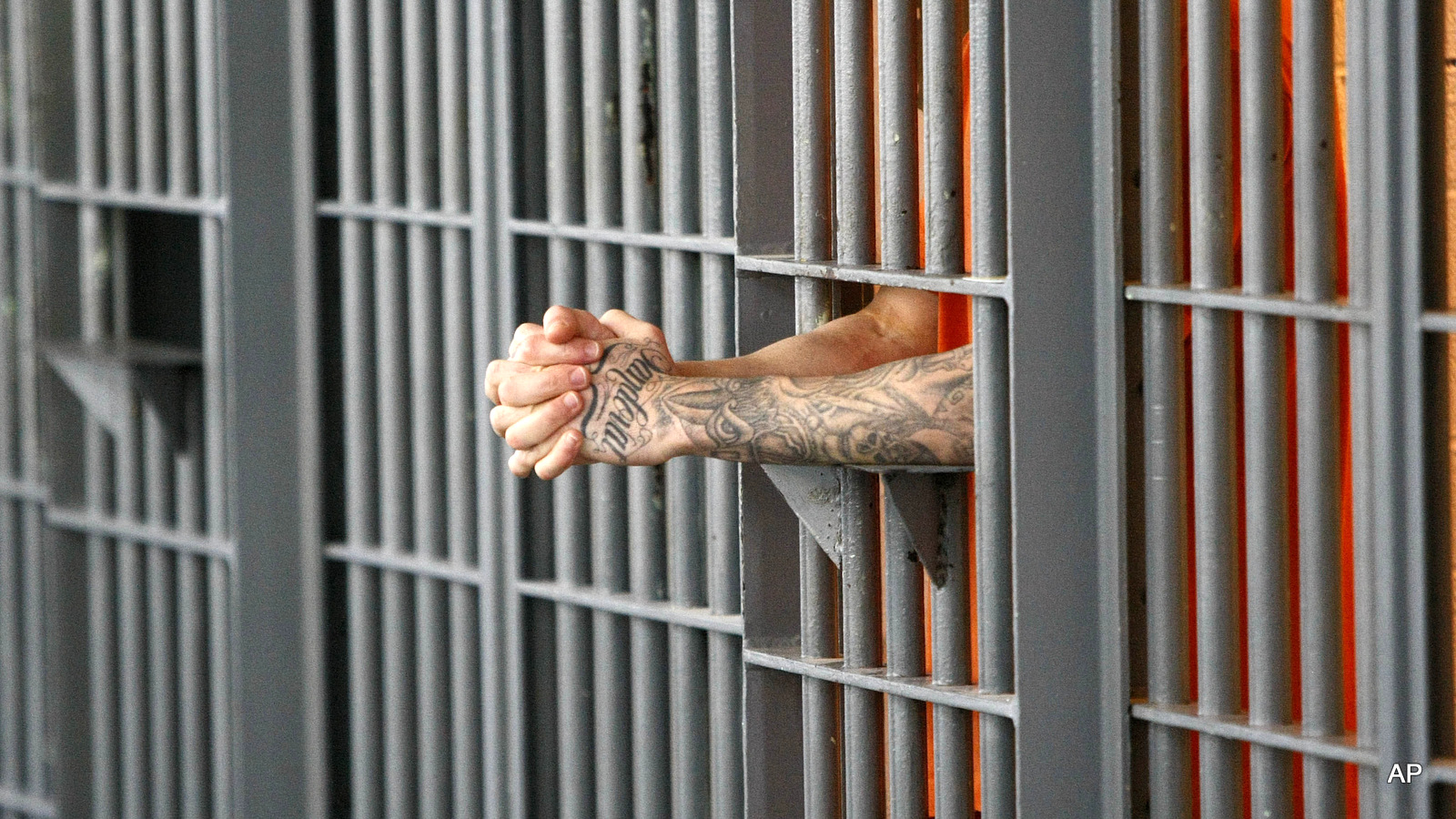
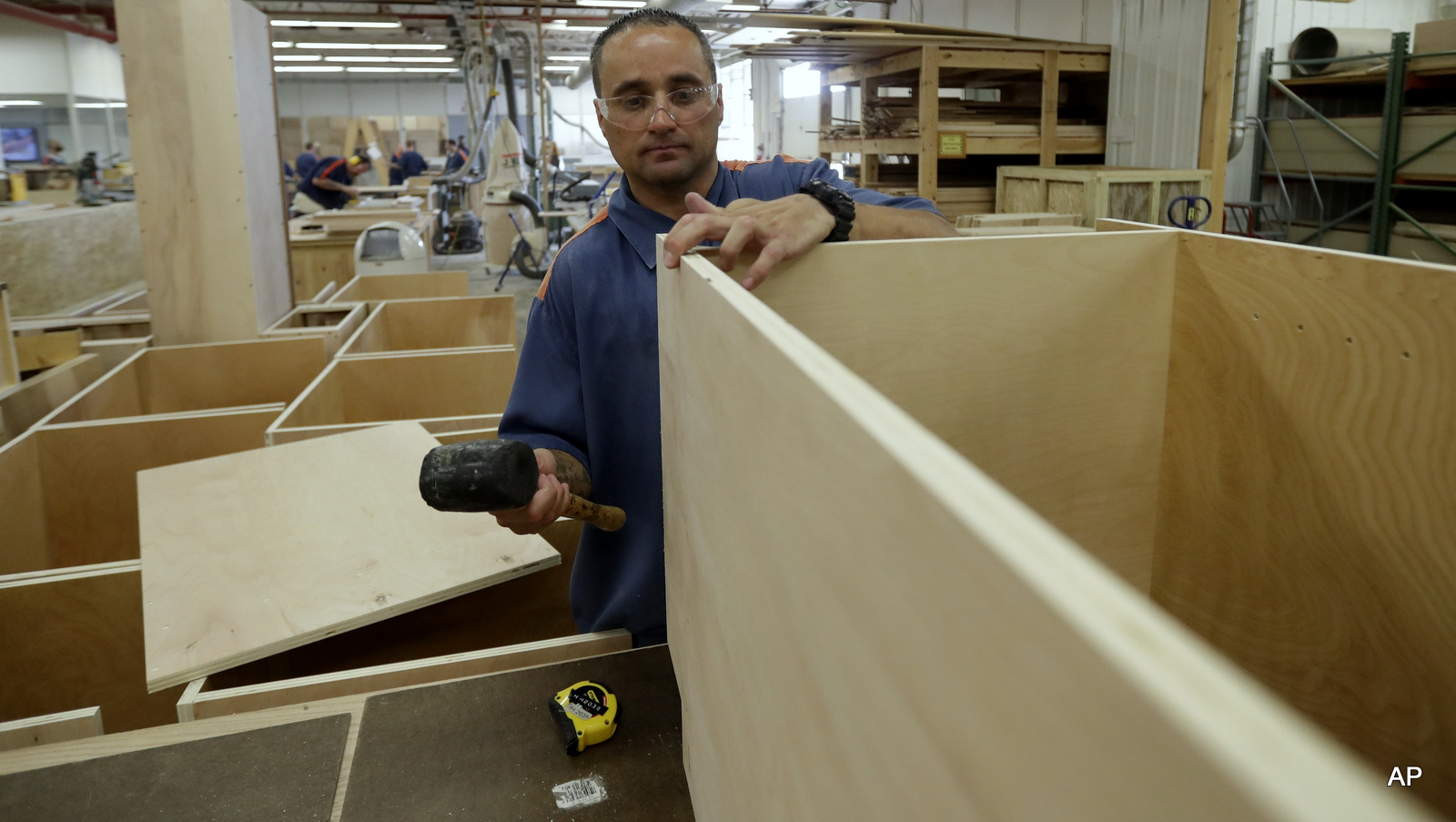
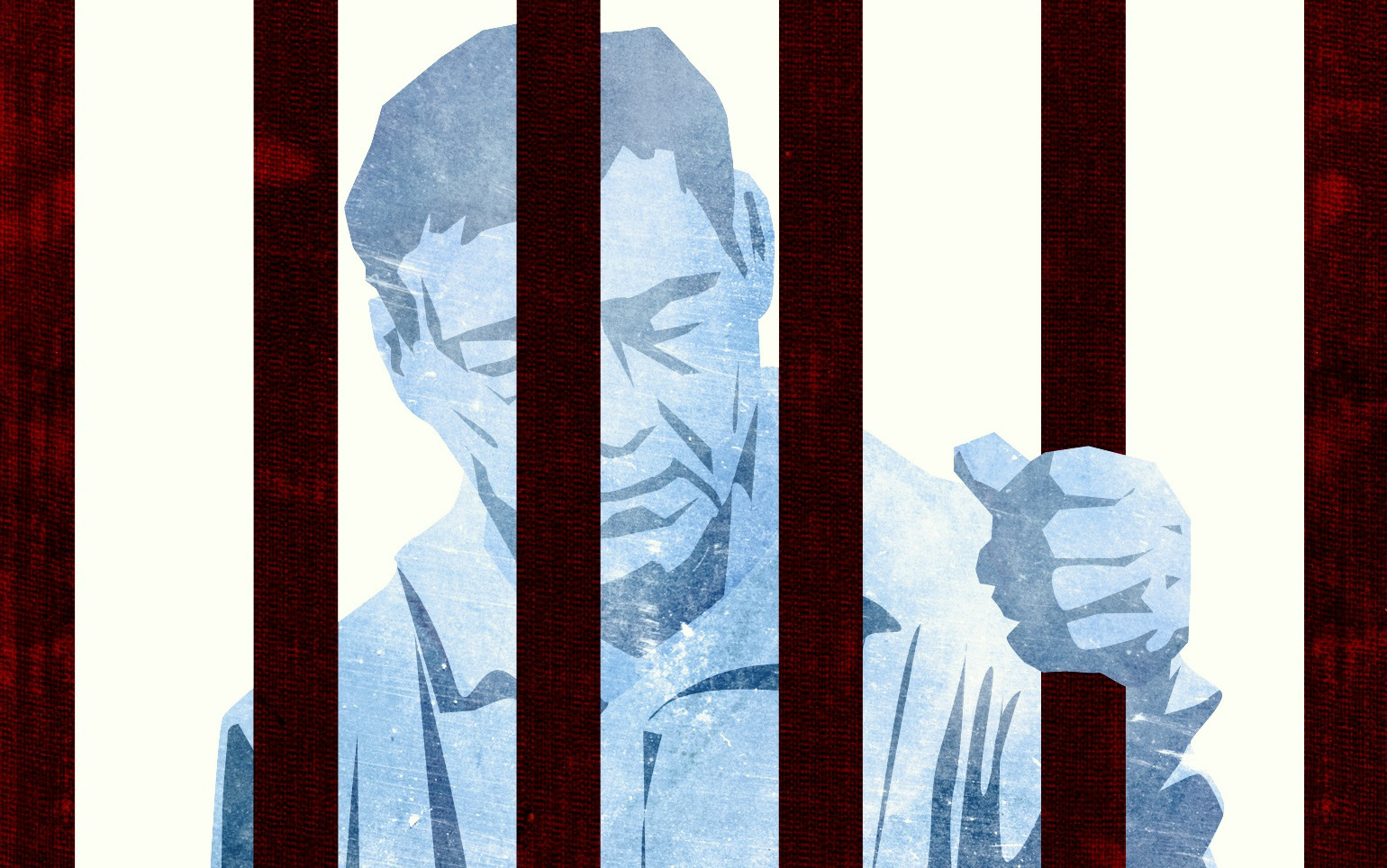

 This work by
This work by